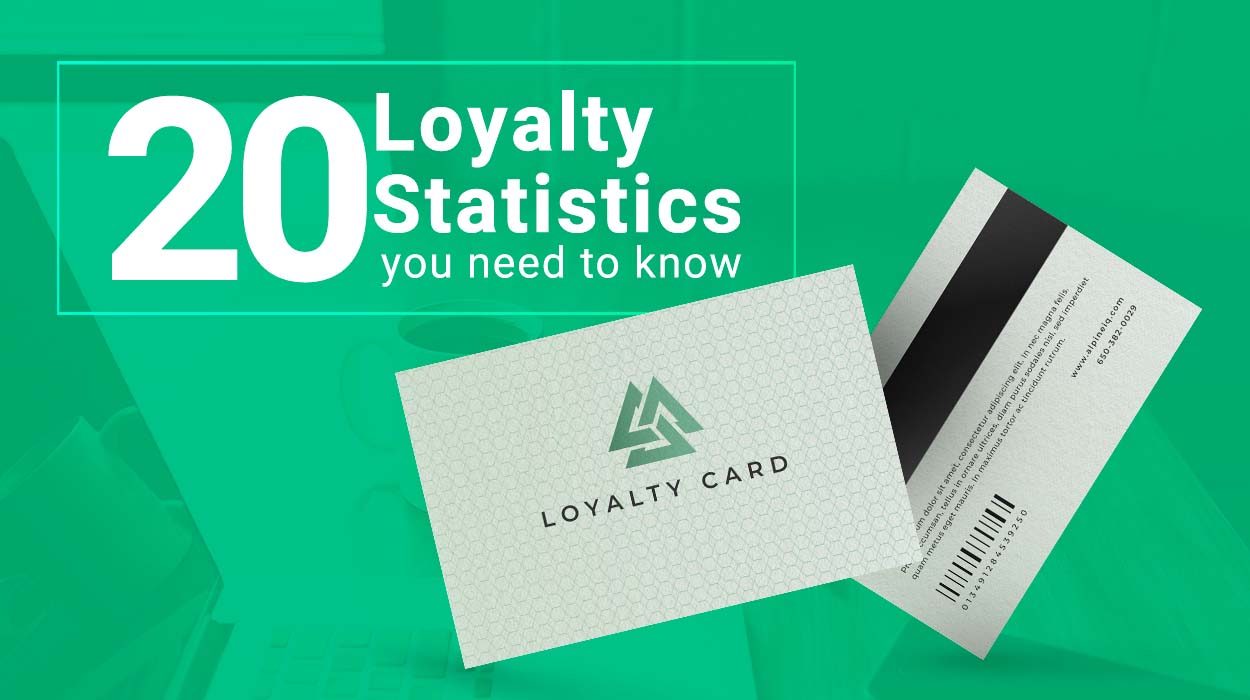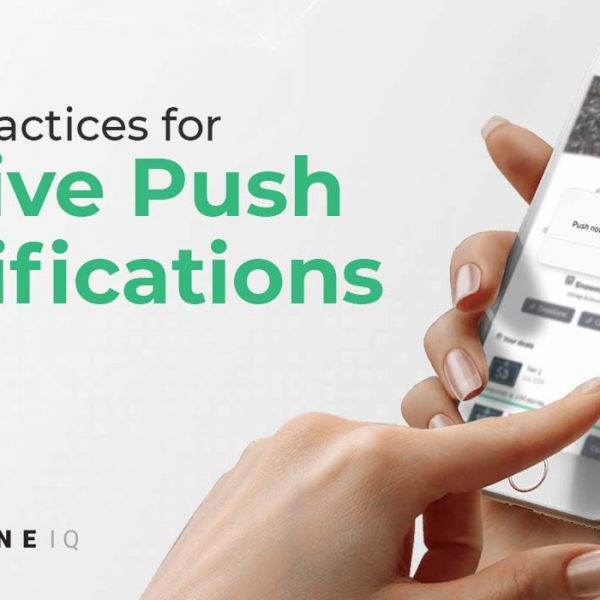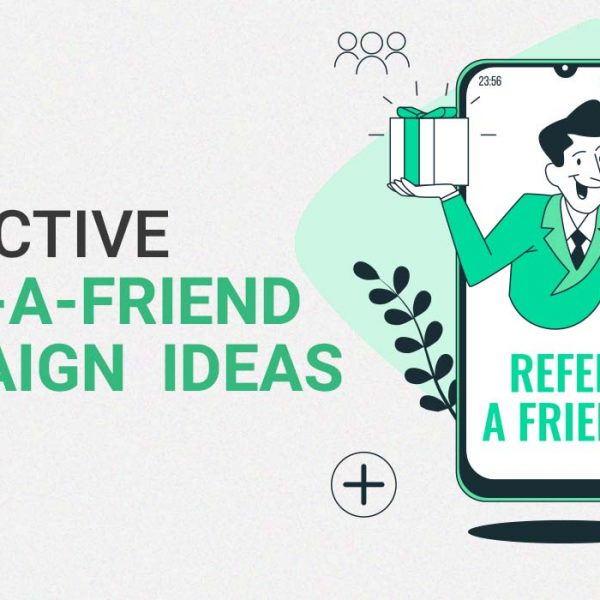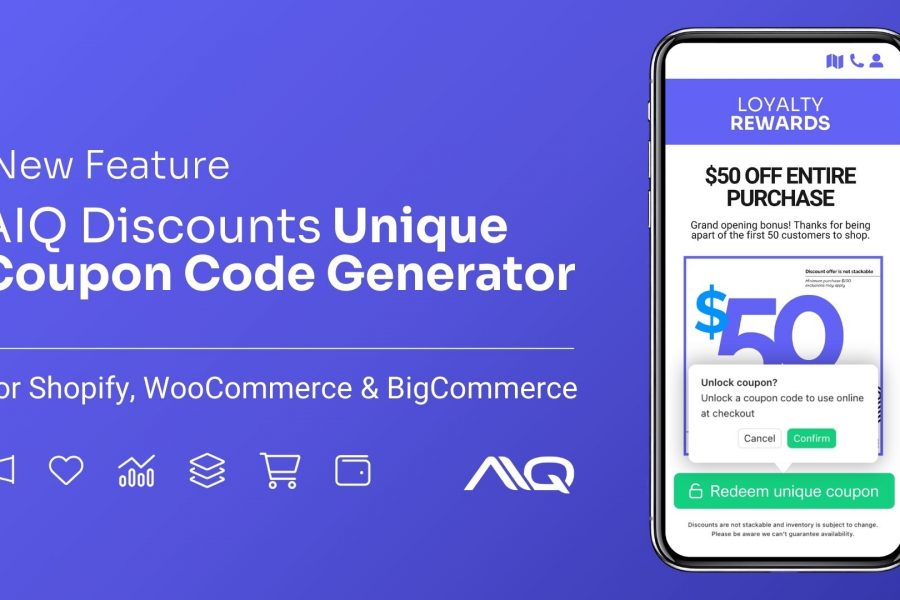A customer loyalty program, as the term suggests, is a customer retention strategy in marketing that rewards and recognizes customers who regularly purchase or engage with a brand.
Different Types of Loyalty Programs
Loyalty programs can come in many forms, such as the following:
- Points-based: This is the most common type of loyalty program. Customers collect points whenever they make a purchase. The accumulated points can then be used in exchange for a free item, a discount coupon, free shipping vouchers, etc.
- Tiered and threshold-spend: This is a gamification type of loyalty program wherein customers who reach a certain tier (e.g., number of purchases made) get to unlock more benefits. Tiered loyalty programs can either be permanent tiers (i.e., lifetime spend) or threshold-based (i.e., accumulated spend within a limited time frame). One example of this is airline miles.
- Punch-card: This type of program is often favored by many small businesses because of its simplicity. Customers use a physical or digital card, and each time they make a purchase, the card is stamped. When the card is full, customers can redeem a reward. One example is Starbucks’ punch-card system for getting their annual planners.
- Fee-Paying: This is a subscription-type loyalty program wherein customers pay a monthly/annual membership fee in exchange for VIP experience. An example would be Amazon Prime.
How Businesses Can Benefit from Loyalty Programs
Customers are naturally drawn to spend money on brands they have a connection with, and trust plays a huge role in this. When people trust that your brand consistently delivers and provides value, they are more likely to make repeat purchases and stay loyal to your brand.
This is where loyalty programs come in: they are one of the keys to retaining customers and cultivating both loyalty and trust. Businesses can benefit from customer loyalty programs:
- Boosts customer spending: As loyalty programs reward customers each time they make a purchase or continue to use your service, they are encouraged to keep coming back, ultimately boosting your sales.
- Encourages word-of-mouth marketing: When customers trust your brand, they tend to recommend you to people they care about. In a study by Nielsen, 92% of people trust recommendations from their friends and family over any other kind of advertising.
- Stores with loyalty programs attract more customers: With loyalty programs, customers reap more value from their shopping experience — aside from being rewarded, they feel more special as well. This alone attracts more customers to your brand.
More can be said about the value customer loyalty programs bring to businesses in general through the statistics listed in the next section.
20 Essential Customer Loyalty Statistics
- 75% of customers tend to favor brands with a loyalty program. (KPMG)
- 52% of consumers in the US are willing to join the loyalty program of brands they are loyal to. (Yotpo)
- 70% of consumers are more likely to recommend brands with an excellent loyalty program to their friends and family. (Bond)
- 56% of brands are implementing the concept of gamification into their customer loyalty programs. (Bond)
- 57% of your customers prefer to engage with loyalty programs via their mobile devices. (Bond)
- 87% of loyalty program members are open to having their activity and behavior monitored by brands in order to have more personalized rewards. (Bond)
- 79% of customers in the US are more likely to join a loyalty program that doesn’t require carrying a physical card. (Wilbur)
- 19% of consumers feel special and recognized by the rewards program of brands they love. (Bond)
- 79% of customers report that they are more likely to continue patronizing brands with loyalty programs. (Bond)
- 75% of consumers tend to make more purchases after receiving a reward. (Wirecard)
- 66% of consumers are more than willing to change their purchasing behavior to get the most out of loyalty benefits. (Bond)
- 95% of Gen Z and Millennial consumers want to engage with their brand’s loyalty program through new and emerging technologies. (Bond)
- 77% of Millennial customers belong to at least one premium rewards program. (Clarus Commerce)
- 75% of customers expect brands to make a bigger contribution to their quality of life and overall well-being. (Havas Group)
- 69% of consumers in the US consider customer service as a very important factor in their loyalty to a brand. (Microsoft)
- 65% of a company’s business comes from existing customers. (Annex Cloud)
- Highly engaged customers buy 90% more often. (Rosetta)
- Price and value are the top reason to stay loyal to a brand for 92% of customers. (ICSC)
- 37% of consumers are willing to pay premium fees to access enhanced loyalty programs. (Bond)
- 90% of customers prefer to buy from a brand where they hold a premium loyalty membership over brands offering a lower price. (Clarus Commerce)
__
Customer loyalty programs offer a win-win situation for both the brand and its respective customers. Several statistics support this, showing how loyalty programs can cultivate trust and connection, boost sales and customer retention, and increase customer satisfaction — just to name a few of its many benefits.
To get the latest updates on our suite of services, make sure to subscribe to our blog today!







Leave a Comment